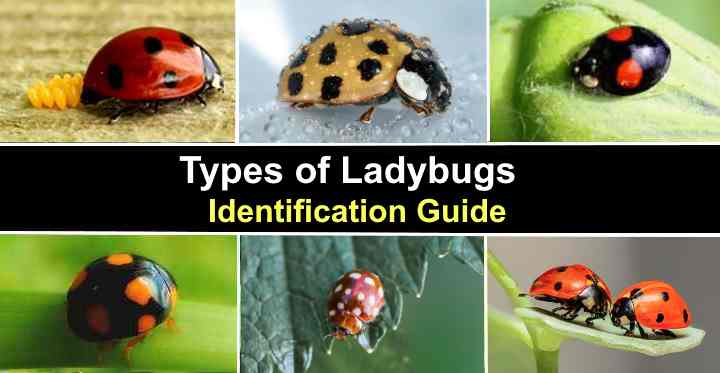Types of Arizona Spiders (With Pictures) – Identification Guide
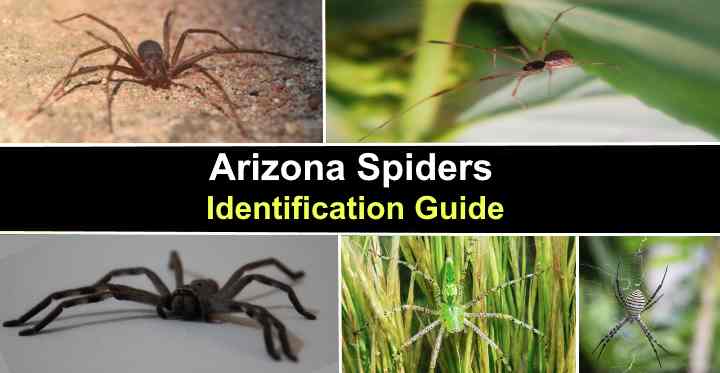
Arizona is home to a large number of spider species. From common brown house spiders to venomous black widows and intimidating wolf spiders, the Grand Canyon state has many different kinds of arachnids. Arizona spiders include the native Arizona brown spider, Arizona recluse, cellar spiders, and tarantulas. While all spiders can bite, two dangerous Arizona spider species are the brown recluse and the black widow.
Types of Ladybugs with Pictures (Including Asian Lady Beetle) – Identification Guide
Small Florida Palm Trees (With Pictures) – Identification Guide
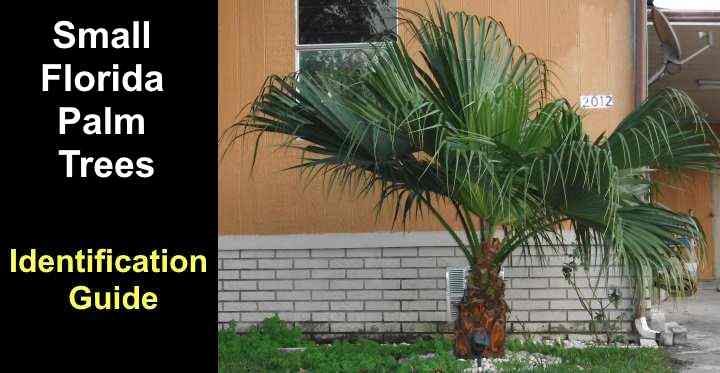
Small palm trees in Florida are the perfect solution to add a tropical twist to a southern garden landscape. Several species of dwarf palms don’t grow more than 20 feet (6 m). Popular small Florida palms include the Florida thatch palm, bottle palm, dwarf sugar palm, and Everglades palm. Additionally, many native low-growing Florida palms are easy to care for and thrive in the challenging climate of the Sunshine State.
Brown Ladybugs (With Pictures) – Identification Guide
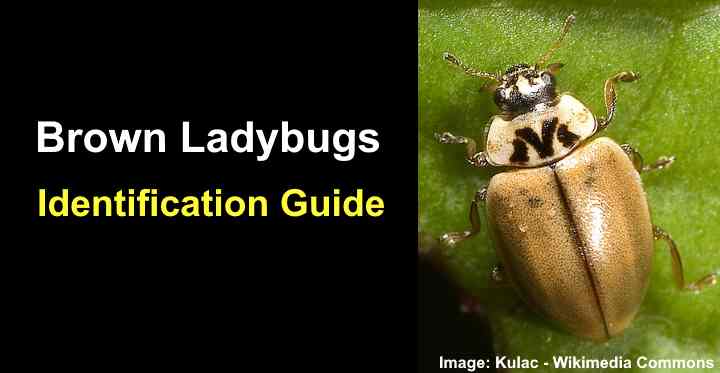
Brown ladybugs can be hard to spot because they tend to blend in with their surroundings. Ladybugs with brown wing cases camouflage well on plants, shrubs, and trees. Their tan, dark brown, chestnut, or mahogany colors make them difficult to spot on twigs and branches. Additionally, the creamy-colored markings on some brown ladybugs only add to their camouflage abilities.
Black Ladybugs With Red Spots (With Pictures) – Identification Guide
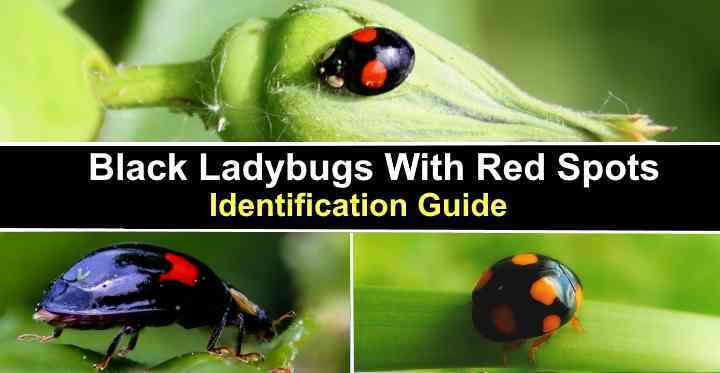
Black ladybugs with red spots are relatively common. Of course, red-spotted black ladybugs are not as common as red ladybugs. But you can find black ladybugs on shrubs, flowers, and other plants in your yard if you look hard enough. Common types of black ladybugs with red spots include the twice-stabbed ladybug, harlequin ladybug, and pine ladybug.
Ladybug Life Cycle: Eggs, Larvae, Pupae, Adult (With Pictures) – Identification Guide
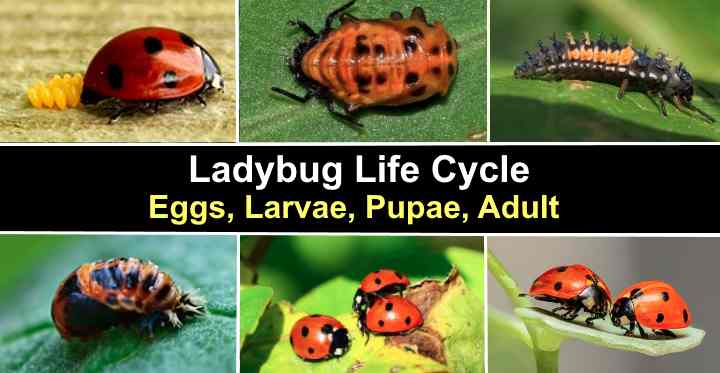
A ladybug has four stages of its life cycle—the egg stage, larval stage, pupal stage, and adult stage. Like the life cycle of most insects, ladybugs look entirely different in each cycle. From a tiny egg less than 0.04” (1 mm) in size to a small flying beetle with spotted wing covers, an adult ladybug can live for up to 12 months.
The Best Outdoor Plants For Texas (With Pictures) – Identification Guide

The best outdoor plants for Texas can help transform an arid, barren landscape into a vibrant, colorful space. Many varieties of heat-tolerant, sun-loving native flowers, shrubs, evergreen plants, perennials, and annual flowers can transform garden landscapes. By choosing the right colorful, fragrant flowers, evergreen foliage, and pretty, shrubby plants, you can add beauty to your Texas landscape.
Trees With Spiky Seed Balls (With Pictures) – Identification Guide
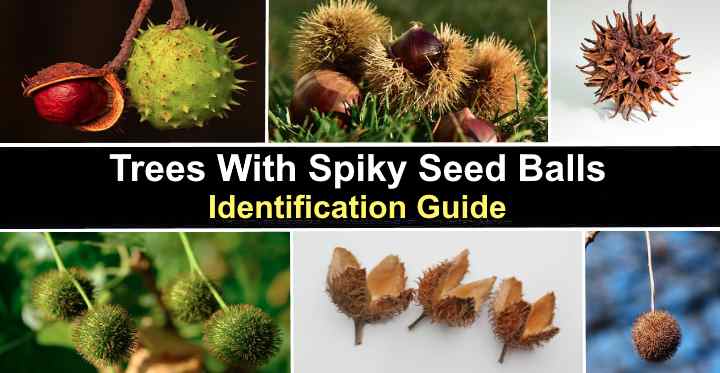
Trees with spiky seed balls are generally easy to identify. In late summer and fall, trees like buckeye, chestnut, and sweet gums produce spherical round seed balls covered with prickly spikes. In some cases, the spiked seed balls don’t do any harm. However, round seed pods with sharp spikes can be painful if you step on them barefoot.
Trees With Long Seed Pods – Identification Guide (With Pictures)
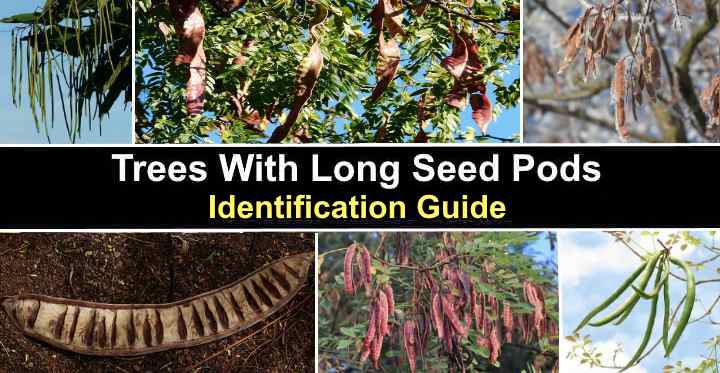
Trees with long, slender seed pods are easily identified in woodlands and parks. The distinctive bean-like pods may look like a string of pearls, long flattened brown cases, or slender cylindrical seed pods measuring up to 24” (60 cm) long. Many of these trees with long seed pods are in the bean family Fabaceae and have similar seed cases containing several round or oval seeds.
The Best Full Sun Texas Plants (WIth Pictures) – Identification Guide

Choosing the best full-sun plants for growing in a Texas garden landscape can be challenging. Sun-hardy shrubs, perennials, and flowers that thrive in Texas must be drought-tolerant plants and withstand hot, dry conditions. The good news is that many native Texas plants perform well when they get more than six hours of direct sunshine daily. Additionally, many full-sun Texas plants are easy-care and bloom throughout the summer in the Lone Star State with minimal care.

